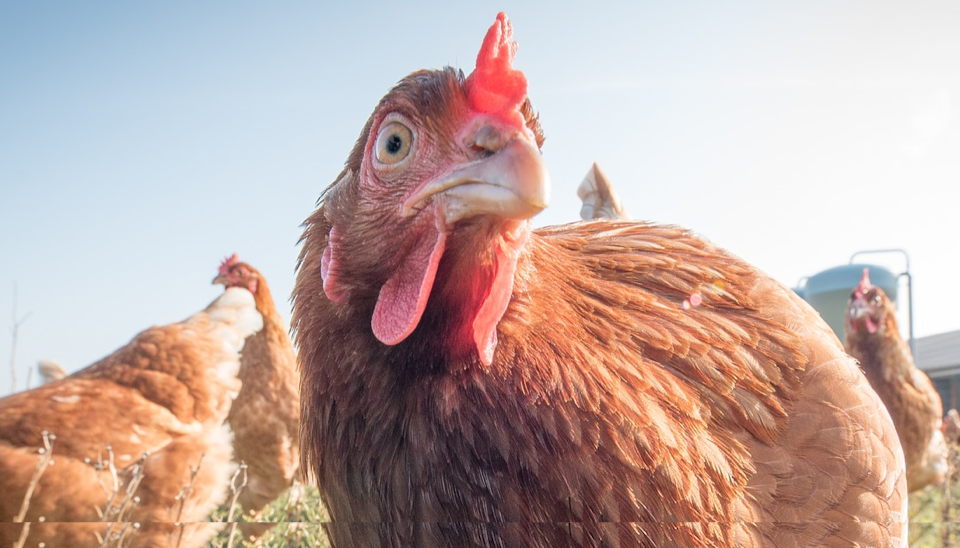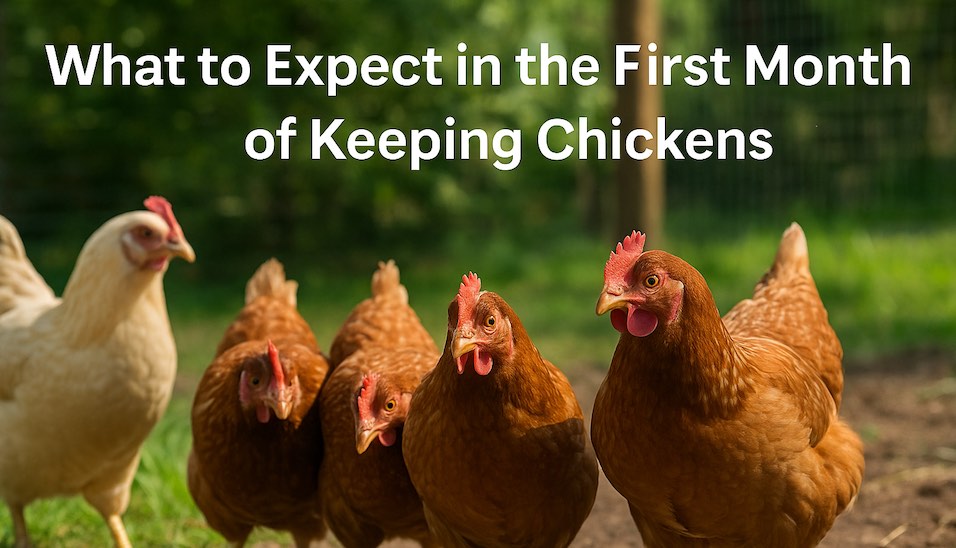How to stop bullying when introducing new chickens to flock
Introducing new chickens to the flock
Once your new birds have been through quarantine, it is time to introduce them to the flock. However, the process of establishing a new pecking order can be awful to watch. Sometimes adding new chooks is easy. But all chicken keepers know that chickens can be mean, and especially to new birds.
That is why it is so important to introduce new birds to the flock carefully. By setting up the right environment, you can help the new birds transition smoothly and avoid bullying.
Physically protecting new (or old) birds doesn’t work – believe me, we’ve tried. Except for three awesome hacks, the pecking order has to be naturally established. A few scuffles are the normal result of new birds upsetting the social hierarchy of the flock.
But there are a few things you can do to make the introductions as civil as possible and to avoid any bullying or bloodshed.
(:1f414:) How to introduce adult chickens to the flock
In order to have the smoothest introduction of adult birds to your flock, here are a few tips:
- No new colours
Chickens really do pick on birds that are different. In a mixed flock, this isn’t so much of an issue because birds are accustomed to seeing different chicken breeds and colours. But if you have an all-brown flock, don’t introduce a lone white bird.
- Safety in numbers
Birds have strong friendships and tend to stick with their own kind. If you are introducing new birds to your flock, always introduce a few together. Not only will the new birds be happier, safety in numbers will usually prevent one bird being targeted by the rest of the flock.
- Age matters (and size)
Age matters to chickens. Young birds naturally rank lower in the pecking order. This can be used to your advantage, if your flock is fairly mild-mannered. Introducing young birds is not seen as a threat, so they will not be picked on so much as ignored. But they will need a safe place with food and water, in case they are chased away from the main feeder.
However, in flocks that are less kind to newcomers, it is better to choose layers or point of lay birds that are adult size and can stand up for themselves.
The same can be said for size - don't introduce bantams to a flock a large breed unless you know the bantams are feisty and your own flock isn't prone to bullying!
- Look, don't touch
One of the best things to do before introducing new birds is to let them spend a few days or weeks within pecking distance of your flock. A separate pen just outside the coop or run is perfect. Avoid using the same fence for both pens, as chickens will fight through the wire.
Because the birds can see each other, without being able to fight, they tend to get used to one another. By the time the new birds are put in the main coop, everyone is so comfortable that establishing the pecking order is no more than a couple of blood-free squabbles.
- Space it out
There are always more squabbles when chickens are cooped up in a small space, even in established flocks. It is even worse for new birds.
Introduce new birds in the run, where there is plenty of room to escape bullies. Open the coop as early as possible for the first few days. Hungry birds waiting to get out in the morning are the most likely to cause problems.
- Provide distractions
Chickens are food-oriented. If there is a choice between picking on a newcomer and eating a tasty treat, most chickens will choose the treat. They will also choose foraging opportunities and chicken amusements over bullying.
When introducing new birds to the flock, provide lots of treats, chicken toys and foraging opportunities. The new birds might be chased away from the fun, but if your flock is more interested in pecking at those Mealworms or that cabbage on a string than at the new birds, that can only be a good thing!
When to interfere
When introducing new chickens to the flock, it is usually best not to interfere. They are going to have to sort out the pecking order eventually. As horrible as it seems, it can prolong or worsen the violence if you intervene.
That said, there are 3 circumstances when you should intervene. You should intervene if:
- There is an injury or bleeding
- A large group of chickens is picking on one or two birds
- Some chickens do not have access to food or water
An injured bird should always be removed and treated. Only return chickens to the coop when their injuries are no longer visible, as other birds will often pick on an injured chicken or peck at sores and scabs.
If a large group of birds is picking on one or two, the best option is to remove the bullied birds and try the introductions again. Using treats, toys and free-ranging the next time might help. Some keepers introduce the new birds for just an hour or so at a time, while supervising, over the course of a few days.
If chickens are being chased away from feed and water, add additional feeders and waterers spaced out around the coop. You can also use hay bales or plants to create some areas to hide and provide food and water there for more timid birds.
If you do need to interfere, here are a few awesome hacks that can help you to establish peace in the chicken coop.
How to introduce chicks to the flock
Introducing chicks to an established flock is a little more complicated than with adult birds because of the size and age difference.
Generally speaking, chicks shouldn’t be introduced until they are large enough to fend for themselves against full-grown adults. Once the chicks are big enough, you can follow the same procedure as for adult birds, ensuring the chicks have a “look, don’t touch” introduction and are provided with a sanctuary where they can access food and escape bullying.
Things are very different, however, if your chicks are being raised by one of your own hens.
Chicks with a mother hen
Some chicken keepers leave their broody hens in the main coop to raise their chicks in the flock from day one. This can be a risky proposition because certain roosters and hens will kill chicks.
Most chicken keepers have a separate pen for broody hens, where the chicks and their mum spend a few weeks before being let out with the flock.
If the chicks have a mother hen that is willing and able to protect them, introductions shouldn’t require interference. Generally, even hens that are naturally low on the pecking order will still successfully terrorise any bird that makes one of their chicks squawk. However, it is important to watch your chicks in the beginning to ensure all is well.
It is not recommended to introduce a brand new hen with chicks to your flock. She has enough to do raising chicks without having to establish her place in the pecking order as well!
Want to know more?
- Learn how to quarantine new birds effectively
- Find out everything you need to understand the chicken pecking order
- How to hack the pecking order if you need to get involved
Good luck with your chicken introductions! Happy chicken keeping!
Rachael at Dine a Chook Australia




